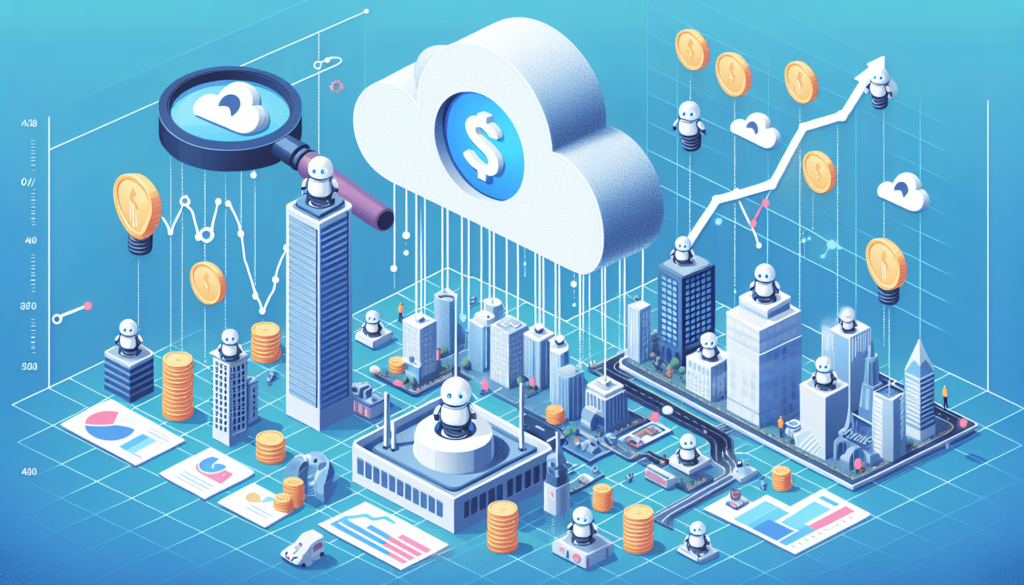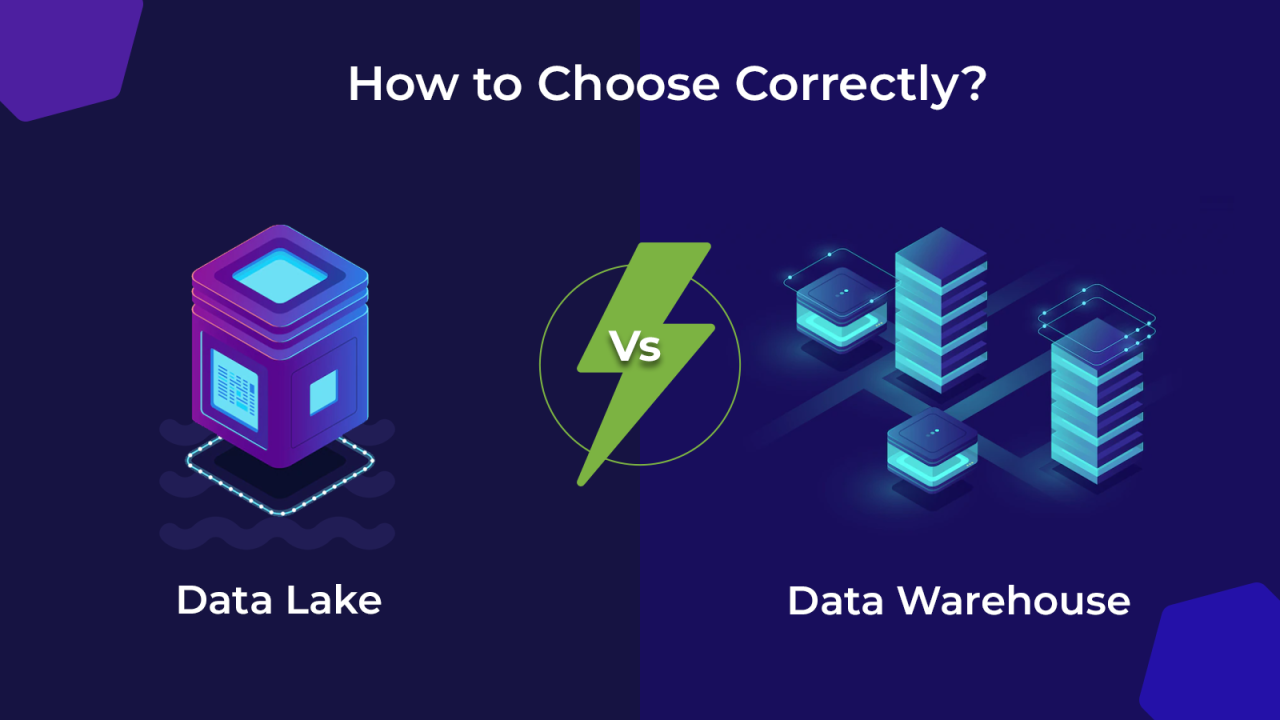In today’s fast-paced digital landscape, businesses are constantly seeking ways to enhance efficiency, reduce costs, and accelerate innovation. The answer for many lies in adopting enterprise cloud solutions. These powerful platforms are more than just a place to store data; they represent a fundamental shift in how businesses operate, offering unprecedented flexibility, scalability, and security.
The move from traditional on-premise infrastructure to a cloud-based model is a strategic decision that impacts every facet of an organization. By leveraging the cloud, enterprises can transform their IT operations from a fixed, capital-intensive model to a dynamic, scalable one. This article will explore the core concepts of enterprise cloud solutions, their benefits, key service models, and how to choose the right one for your business.
What Are Enterprise Cloud Solutions?

At its core, an enterprise cloud solution is a suite of computing services delivered over the internet. Instead of maintaining physical servers, storage, and networking hardware in a data center, businesses can access these resources on-demand from a third-party provider. This model allows for the provisioning of resources with remarkable speed and agility, as IT teams can spin up new servers or services in minutes, not months.
Enterprise-grade cloud solutions are specifically designed to meet the rigorous demands of large organizations. They offer:
- A. Robust Security: Advanced security features, including encryption, access control, and compliance certifications (like HIPAA, GDPR, etc.), are standard.
- B. High Availability and Reliability: Geographically distributed data centers ensure that services remain accessible even in the event of a regional outage.
- C. Scalability and Elasticity: Resources can be scaled up or down instantly to meet fluctuating demand, ensuring optimal performance without over-provisioning.
- D. Comprehensive Management Tools: Sophisticated dashboards and APIs provide complete control over resources, costs, and performance.
The Major Service Models of the Cloud
Enterprise cloud solutions are typically delivered through three primary service models. Understanding the differences between them is crucial for making an informed decision.
- Infrastructure as a Service (IaaS): This is the most basic cloud service model, providing access to fundamental computing resources like virtual machines, storage, and networking. With IaaS, the user is responsible for managing the operating system, applications, and data, while the provider handles the underlying infrastructure. It offers the highest degree of control and flexibility, making it ideal for organizations that want to build custom applications or migrate existing on-premise workloads.
- Platform as a Service (PaaS): PaaS provides a ready-to-use platform for developing, running, and managing applications. The provider handles the underlying infrastructure, operating system, and middleware, allowing developers to focus solely on writing and deploying code. This model accelerates the development lifecycle and is particularly popular for building and hosting web applications.
- Software as a Service (SaaS): SaaS is the most widely used cloud model. It delivers fully functional applications over the internet on a subscription basis. Users simply access the software through a web browser or a dedicated client, with the provider managing all aspects of the application, including the infrastructure, maintenance, and updates. Examples include popular services like Salesforce, Google Workspace, and Microsoft 365.
Key Benefits of Adopting Enterprise Cloud Solutions
Moving to the cloud offers a multitude of advantages that can significantly impact a business’s bottom line and competitive standing.
1. Cost Efficiency
Cloud computing replaces large capital expenditures (CapEx) with predictable operational expenses (OpEx). Instead of investing in expensive hardware, businesses pay only for the resources they consume. This pay-as-you-go model eliminates the need for guesswork in capacity planning and reduces costs associated with hardware maintenance, power consumption, and physical security.
2. Enhanced Agility and Speed to Market
The ability to provision resources on demand allows businesses to respond to market changes with incredible speed. Launching a new product, testing a new application, or scaling up for a promotional event can be done in a fraction of the time it would take with traditional IT infrastructure. This agility is a critical differentiator in today’s competitive market.
3. Global Scalability and Performance
Enterprise cloud providers have a global network of data centers, allowing businesses to deploy applications and services closer to their end-users. This geographic distribution reduces latency, improves performance, and ensures a better user experience for a global audience. Scaling to accommodate new users or markets is simple and seamless.
4. Superior Security and Disaster Recovery
Contrary to popular belief, cloud security is often more robust than on-premise security. Cloud providers invest billions in security measures, including advanced threat detection, data encryption, and physical security for their data centers. Furthermore, cloud-based disaster recovery solutions can be implemented quickly and affordably, ensuring business continuity in the event of a catastrophic failure.
The Different Cloud Deployment Models

In addition to the service models, enterprise cloud solutions are also categorized by their deployment model.
- Public Cloud: This is the most common model, where cloud services are owned and operated by a third-party provider and shared among multiple tenants. The largest public cloud providers include Amazon Web Services (AWS), Microsoft Azure, and Google Cloud Platform (GCP). It offers the greatest scalability and cost-effectiveness.
- Private Cloud: A private cloud is dedicated exclusively to a single organization. It can be hosted on-premise or by a third-party provider. This model offers the highest level of security and control, making it a preferred choice for industries with strict regulatory requirements, like banking and healthcare.
- Hybrid Cloud: A hybrid cloud combines public and private cloud environments, allowing data and applications to be shared between them. This model provides the flexibility to run sensitive workloads on a private cloud while leveraging the scalability of the public cloud for less critical operations. It offers the best of both worlds, balancing security and cost.
- Multi-Cloud: This approach involves using services from more than one public cloud provider. A business might use AWS for its compute services and GCP for its data analytics tools. A multi-cloud strategy mitigates vendor lock-in and allows companies to select the best service for each specific task.
How to Choose the Right Enterprise Cloud Solution
Selecting the right cloud strategy is a complex decision that requires careful consideration of a business’s specific needs, goals, and constraints. Here are some key factors to evaluate:
- A. Business Requirements: Start by defining your business objectives. Are you looking to reduce costs, improve agility, or accelerate development? The answers will guide your choice of service and deployment models.
- B. Workload Analysis: Inventory your existing applications and data. Identify which workloads are suitable for the cloud and which are best left on-premise. Consider factors like data sensitivity, performance requirements, and regulatory compliance.
- C. Cost-Benefit Analysis: While the cloud can be cost-effective, it’s crucial to understand the pricing models of different providers. Calculate potential costs based on your expected usage and compare them to your current IT expenses.
- D. Security and Compliance: Assess the security features and compliance certifications of potential providers. Ensure they meet the regulatory requirements of your industry.
- E. Vendor Lock-In: A multi-cloud strategy can help avoid dependence on a single provider. Consider the ease of data and application migration between different platforms.
Conclusion
The transition to enterprise cloud solutions is no longer a matter of “if,” but “when.” The benefits are too substantial to ignore. In a world where agility, scalability, and security are paramount, the cloud provides the essential infrastructure for businesses to not only survive but thrive. From startups to global corporations, the adoption of cloud computing is reshaping how we design, build, and deliver products and services.
Looking ahead, the evolution of cloud technology will continue to be a driving force of innovation. Concepts like edge computing, which brings data processing closer to the source of data generation, and serverless computing, which automates the management of server infrastructure, will become more integrated into enterprise strategies. These advancements promise even greater efficiency and performance.
The future of business is intrinsically linked to the cloud. By embracing a well-thought-out cloud strategy, organizations can unlock new opportunities, drive growth, and build a resilient foundation for the challenges and opportunities of the digital age. The journey to the cloud is a strategic investment in the future, positioning enterprises to lead their respective industries through a period of unprecedented change and technological advancement.












